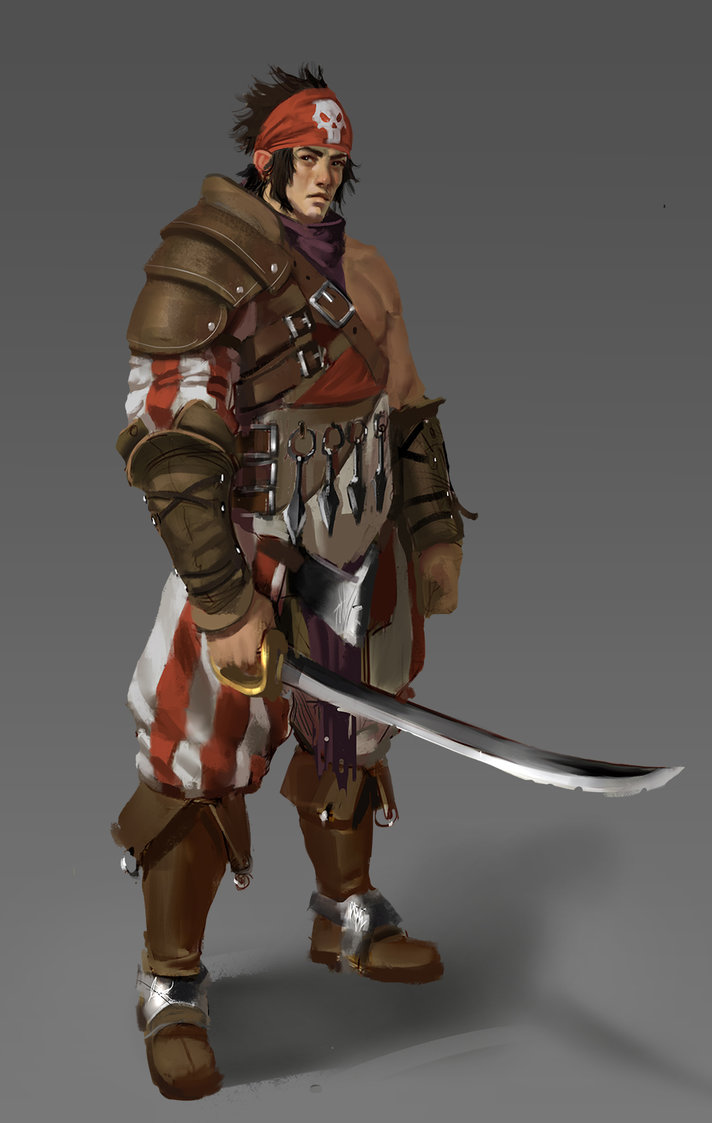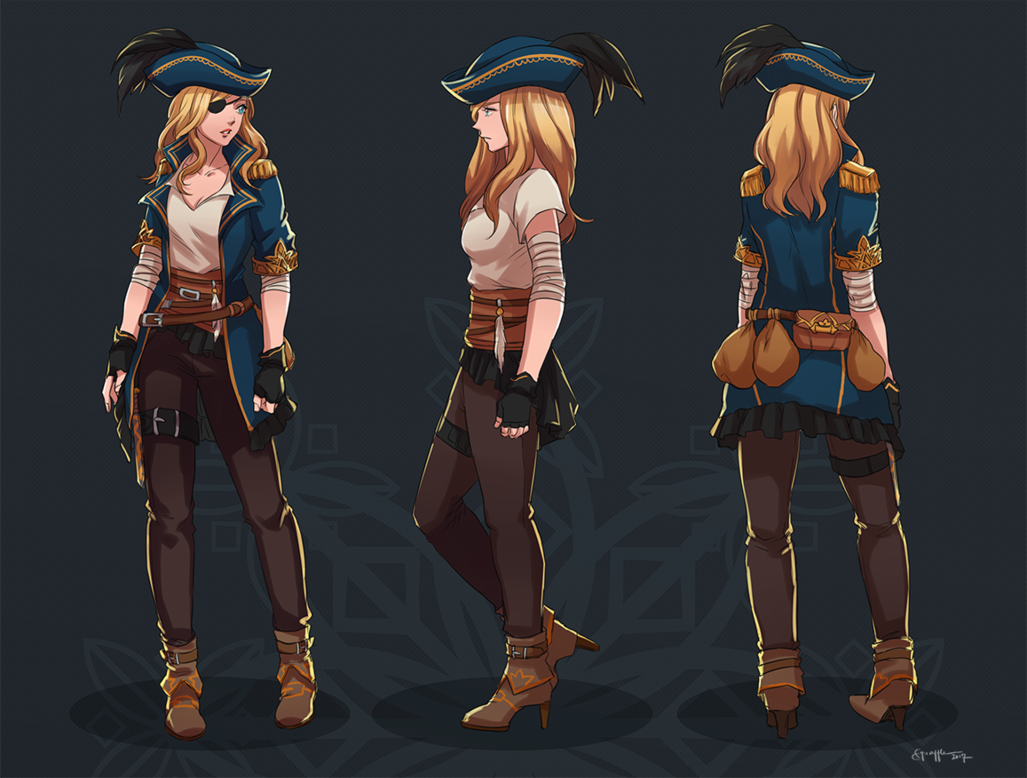 Hoist the mainsail! Stow the booty! Set Sail For Outer shores! And while we’re at it, make sure we paint over anything that might make a bunch of bandits at sea look like criminals! Spend some time with us and let investigate the genre of pirates and how its far from a guide to the real thing.
Hoist the mainsail! Stow the booty! Set Sail For Outer shores! And while we’re at it, make sure we paint over anything that might make a bunch of bandits at sea look like criminals! Spend some time with us and let investigate the genre of pirates and how its far from a guide to the real thing.
Under The Skull and Crossbones
Perhaps a symbol of death and rebirth at sea is not only appropriate for the pirates themselves but for how they’ve come to be portrayed. In hard truth pirates were group of desperate individuals, often with no moral compass. They’d regularly indulge in rape and torture, had no time for anything but wealth and probably mostly had scurvy. But yet from even early accounts, the fictions grew of these individuals and places like ‘Libertania’ were invented to create a myth of a sort of egalitarian society that had crews with no racial or social divides. So why?
There’s lots of reasons. Firstly, the very idea of a pirate is anti-establishment – An individual at sea who owes their allegiance only to those beside them, following the rule of no land. We can see why this appeals to the common person, even to this day. We’ve been progressing through this series we have learned that a LOT of genres are concerned with the price of individual freedom and the cost of that battle. A pirate has already won that freedom and as long as they are clever enough, they never have to go back.
There’s also a number of historical presidents. Early pirates tended to be English agents fleeing the oppressive rule of Oliver Cromwell, so when some of them finally returned home to help win back the crown, they were viewed by the new regime as heroes. This continued with a long line of oppressed people finding in piracy a way to make their lives freer.
Perhaps though, the biggest reason we like pirates is the affectations of perhaps the most famous pirate of them all, introduced in the biggest work of all piracy – Long John Silver. Stevenson’s portrayal of Silver as an understandable and tricky antagonist, like an aquatic Loki figure, was so complete that became a template for all further ‘evil pirates’. Very few famous pirate captains have pure evil motives. For example, by the end of the original Pirate Of The Caribbean Franchise, every pirate or ex-pirate is following a motivation they consider important, the true villainy being left to the East India Company representative. Maybe the original Captain Hook was a true villain pirate but then the movie Hook changed all that again. So without Jim Hawkin’s surrogate father issues, would we ever had Jack & Will’s relationship? Probably not.
So a variety of factors have turned the plague of the seas into romantic figures to be examined and idolised. And for the games we run, maybe that’s for the best. I for one have no real desire to run the adventures of a group of water-based malcontents. Give me high seas adventure any day, it’s the necessary level for me to be able to tell these stories in a fun way. As long as you are aware of that historically piracy is more problematic, then feel free to Errol Flynn it up.
Examples in RPG
I don’t do adventures in this section but if I did, I’d be recommending Skulls & Shackles adventure path for Pathfinder. It’s everything you’d ever need to fee piratical. However, as that isn’t a system/game, let’s have a look at some other options.
7th Sea: Absolutely the top dog in the pirate game fare, despite it being so much more than just about pirates. When the new edition found its way back to its creator, it broke kickstarter records. Possessed of a brilliantly deep setting, you could literally get into this now and still be doing things in 30 years time. There’s a whole book about desert dwelling tribes! And it still feels that it buckles all the swashes!
Abney Park’s Airship Pirates: Yeah, I brought it back. This game oozes piracy but does so much of it in a new way, it’s a brilliant journey. From jumping from skyship to skyship in daring raids, to exploring the ancient ruins of the land, to evading the clutches of the Chuno Ggun by travelling back in time, piracy has never been as crazy as this.
Skull & Bones: One of Green Ronin’s early efforts, Skull & Bones is a fair crack at portraying the age of piracy in d20 form and enshrining voodoo as a mythological basis for spellcasting and monsters. What makes the book sing more than anything though is it’s commitment to historical research, the whole thing is packed with useful bits and pieces from the historical pirate lore. Worth it if you can find a copy.
Handing Out The Black Spot
Here are some genre staples you might want to put in if you want to add some high seas action.
Ship To Ship Combat…Sparingly: Your classic pirates encounter is massive ship to ship combat, or something crawling over the side and attacking those on board. A Pirate films have lots of these battles. But as a set piece combat, you don’t want to be using this all the time. Imagine that every dungeon in a D&D dungeon looked the same, the environment never changing. For players to really enjoy a combat on a ship, it has to be something different. Save these for massive end of storyline set pieces or dramatical weather/environment moments. Have the players undertake undersea exploration, island missions and things like that. It’s a much more varied use of their time.
Nautical Traditions: Sailors are about the most superstitious bunch. They have all manner of tall tales and behaviours. Invent lots of weird stuff they do and then have some of those things have real effects. But only some and the players don’t know which, so they have to keep up as many as they can. Pick a creature from whatever bestiary the game has and make it so that it doesn’t exist – they are simply a pirate story.
Daring Action!: Turn all the dials up to eleven. Make everything exciting, explosive and acrobatic if you can. Or make foes slow and lumbering to give players a chance to do acrobatic things around them. You should consider fudging your rules to allow acrobatic displays of heroism easier, lowering target numbers and increasing dice pools or if you have a rewards system lean on that in order to provide motivation for swashbuckling feats.
Sudden But Inevitable Betrayals: The pirate genre is full of twists turns and betrayals, some full on baddy reveals, some understandable changes of side. Always plan in a couple of betrayals and be on the lookout for another one you can use instead. Examine every NPC occasionally. Are they beginning to consider betrayal? What keeps them loyal?
Maps: A huge part of the feel of pirate games for players can be pouring over maps and planning routes. It makes players feel like they are actually in the ship’s cabin. Get some maps, make sure the players can plot routes. Maybe find a sextant.
Live Free Or Die!: Speak to the heart of the pirate mythos. Have the authorities arrive as villains and let them give players opportunities to join them or die. Be prepared for some players to maybe choose to join them. Examine how much freedom means to them. If they do decide to live free, let them escape. That bravery should be rewarded.
That’s the end of our pirate session. Tune in next time when we go from a genre that celebrates freedom and cunning to one that values loyalty and self-sacrifice.

Creative Commons art credit: Pirate lady by Squaffle and Fantasy pirates 2 by Bozhko Dimitrov.


